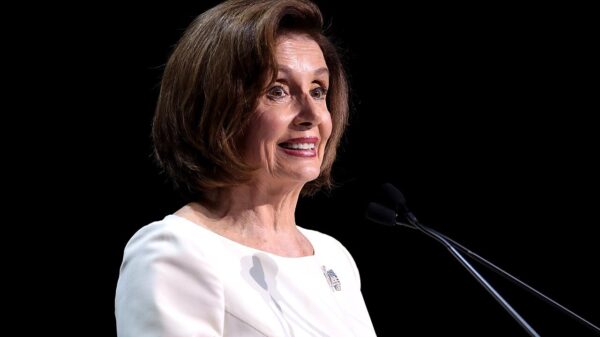A recently published report indicates that Arkansas had the fifth-highest adult obesity rate in the United States for 2024, with 38.9% of adults classified as obese. This figure is consistent with the 40% obesity rate reported in 2023. The findings come from the State of Obesity 2025: Better Policies for a Healthier America, released on October 16, 2023, by the Trust for America’s Health. The report utilizes data from the Centers for Disease Control and Prevention (CDC) to analyze obesity trends across the country.
Arkansas is among 19 states with adult obesity rates exceeding 35%. Additionally, the report reveals that 15% of Arkansas adults had diabetes in 2024, a rise from 13.6% in 2019. Diabetes is often associated with obesity, inadequate physical activity, and elevated blood pressure. Since 2011, when the obesity rate stood at 30.9%, the percentage of obese adults in Arkansas has steadily increased.
Childhood Obesity and Initiatives
The state also monitors childhood obesity through Act 1220 of 2003, which mandates schools to track students’ height and weight. According to a report from the Arkansas Center for Health Improvement (ACHI) covering the 2023-2024 academic year, approximately 23% of public school children are considered obese, while 17% are classified as overweight. The report further indicates that 58% of children maintain a healthy weight, and 2% are underweight.
In response to these statistics, Governor Sarah Sanders announced an initiative aimed at connecting schools with local food producers. This effort seeks to enhance the nutritional quality of meals provided to students and promote healthier eating habits.
Recommendations for Addressing Obesity
The Trust for America’s Health report outlines several recommendations to combat obesity and reduce the consumption of ultra-processed foods. Among these suggestions are:
– **Public education**: Informing consumers about the health impacts of ultra-processed foods.
– **Food labeling**: Clearly marking ultra-processed food items.
– **Marketing restrictions**: Limiting advertising of unhealthy foods aimed at children.
– **Economic incentives**: Utilizing taxes and subsidies to encourage healthier food options.
– **Nutrition programs**: Enhancing the quality of school meals and updating standards for programs like SNAP and WIC.
Furthermore, the report advocates for broader policy initiatives, including increasing federal funding for chronic disease prevention, strengthening food security programs, and enhancing access to physical activity through better community designs and school programs. It also suggests expanding Medicaid coverage for obesity-related care and preserving access to subsidies under the Affordable Care Act.
The complete report from the Trust for America’s Health, which includes state-specific data, is available online, providing valuable insights into the ongoing public health challenge of obesity and its related health implications.




































































